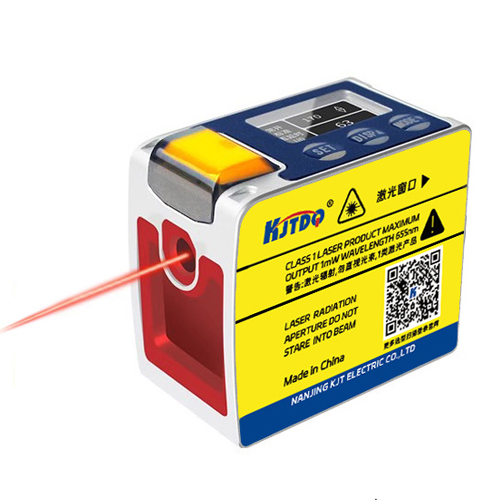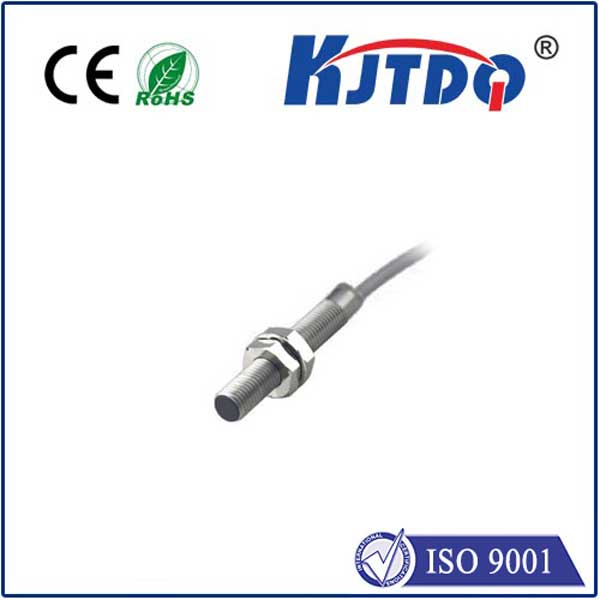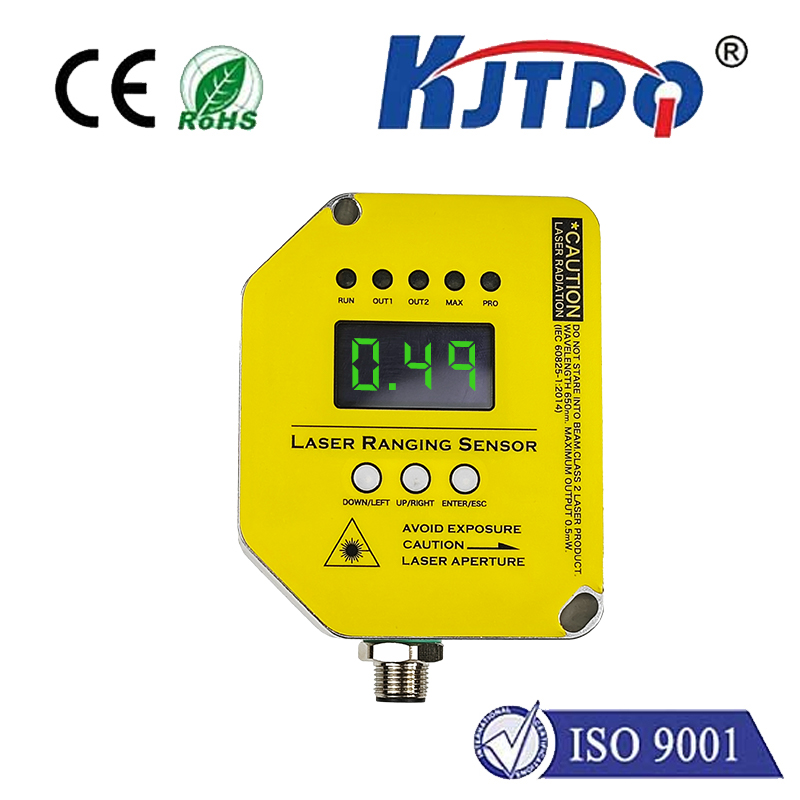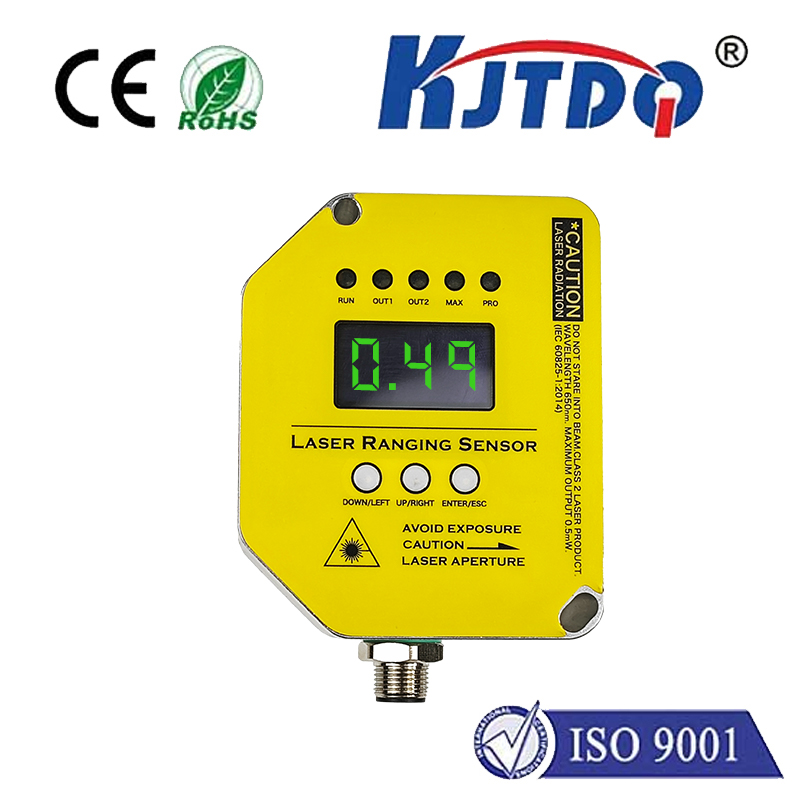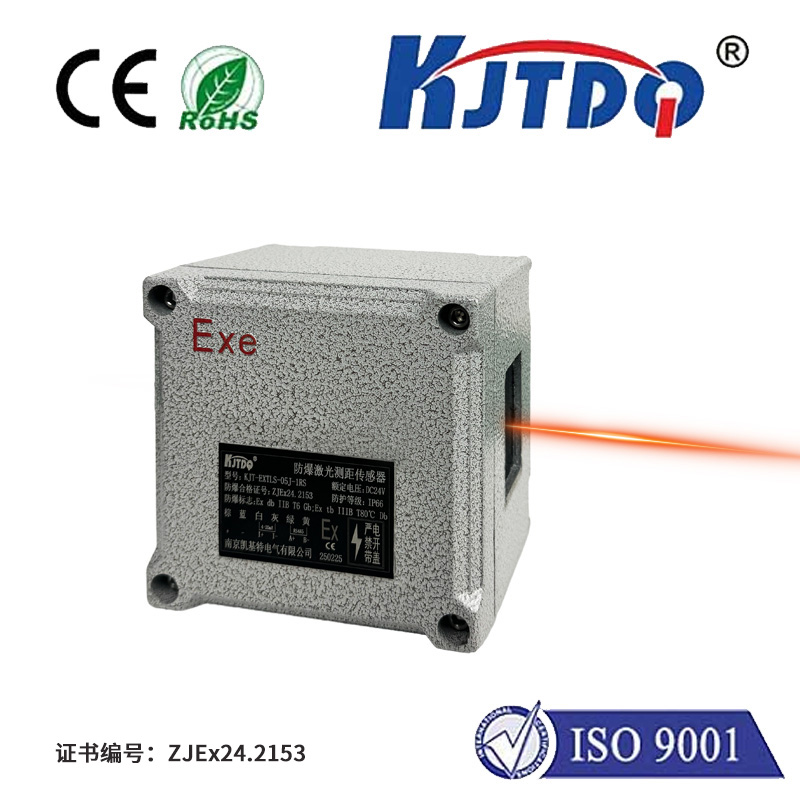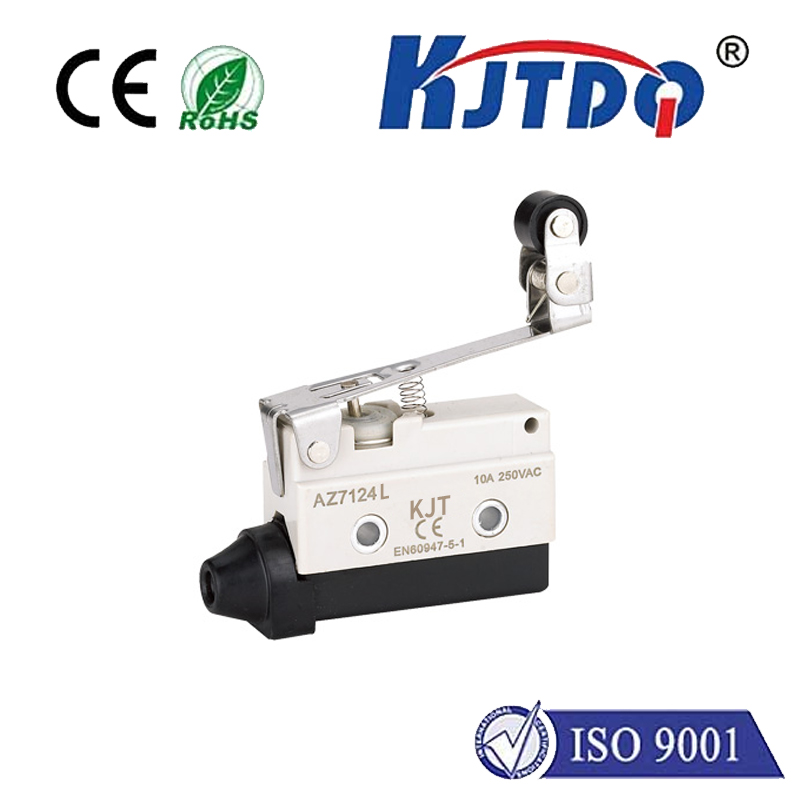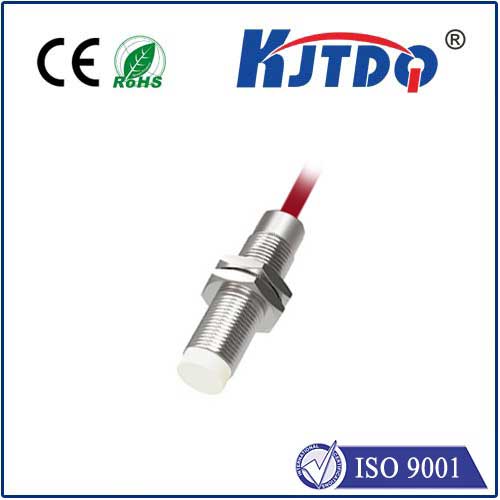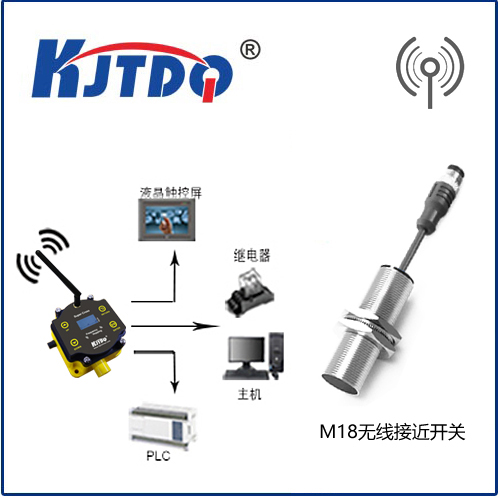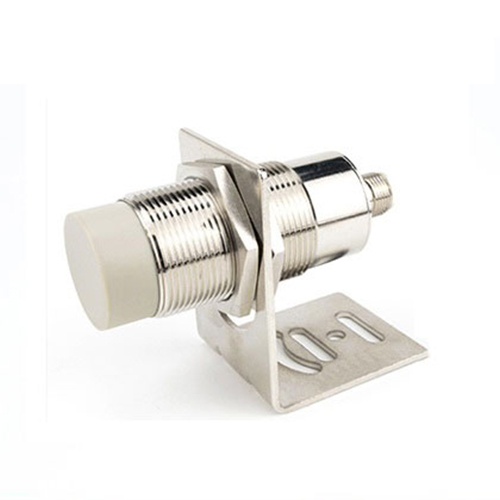sensor a laser arduino
- time:2025-03-23 01:13:03
- Нажмите:0
Title: Building a Laser Detection System with Arduino: A Step-by-Step Guide
Have you ever wondered how security systems detect intruders with pinpoint accuracy or how interactive art installations respond to movement? The answer often lies in the seamless integration of laser sensors and microcontrollers like Arduino. In this guide, we’ll explore how to harness these technologies to create a versatile laser detection system—ideal for DIY enthusiasts, educators, and makers aiming to innovate in automation, robotics, or creative tech projects.
Why Combine Laser Sensors with Arduino?
Laser sensors offer unmatched precision in detecting objects, measuring distances, or triggering actions. When paired with Arduino’s open-source platform, they become a powerhouse for prototyping. Arduino’s simplicity allows even beginners to program custom responses, while its affordability makes it accessible for hobbyists and professionals alike.
Whether you’re building a home security alarm, a gesture-controlled gadget, or a scientific measurement tool, this combination delivers reliability and flexibility. Let’s break down the essentials.

Components You’ll Need
- Arduino Uno/Nano: The brain of your project.
- Laser Module (650nm): A low-cost, visible red laser diode.
- Photoresistor (LDR) or Photodiode: To detect laser light changes.
- Resistors (10kΩ): For voltage division in sensor circuits.
- Breadboard and Jumper Wires: For prototyping.
- Buzzer or LED (Optional): For alerts or visual feedback.
Step 1: Understanding the Laser Detection Principle
A laser detection system works by monitoring interruptions in a laser beam. When the beam is blocked—by an object, hand, or particle—the photoresistor’s resistance increases due to reduced light exposure. Arduino reads this change and triggers a programmed action, such as sounding an alarm or logging data.
Key Insight: For stable detection, minimize ambient light interference. Enclose the sensor or use a modulated laser signal for advanced applications.
Step 2: Wiring the Circuit
Connect the components as follows:
- Laser Module: Attach its anode (+) to Arduino’s 5V pin and cathode (-) to GND.
- Photoresistor: Create a voltage divider with a 10kΩ resistor. Connect one end to 5V, the other to the photoresistor, and link the junction to an analog pin (e.g., A0).
Pro Tip: Use a focusing lens on the laser to ensure a narrow beam, improving detection accuracy.
Step 3: Programming the Arduino
Upload this code to read sensor values and trigger outputs:
const int sensorPin = A0;
const int buzzerPin = 9;
void setup() {
Serial.begin(9600);
pinMode(buzzerPin, OUTPUT);
}
void loop() {
int sensorValue = analogRead(sensorPin);
Serial.println(sensorValue);
if (sensorValue
Explanation:
- The code monitors the photoresistor’s analog value.
- When the laser beam is interrupted (sensorValue drops below 500), the buzzer activates.
- Adjust the threshold based on your environment using the Serial Monitor.
Step 4: Calibration and Testing
- Power the laser and position it to shine directly on the photoresistor.
- Open the Serial Monitor to observe the sensor’s baseline value.
- Block the laser beam and note the new value. Set the threshold between these two readings.
Troubleshooting:
- Inconsistent readings? Shield the photoresistor with a tube or tape.
- Laser misalignment? Use a tripod or 3D-printed mount for stability.
Advanced Applications
- Система безопасности: Pair with motion sensors and Wi-Fi modules for remote alerts.
- Precision Measurement: Calculate object size or speed using time-of-flight principles.
- Interactive Art: Trigger LEDs or sound effects when viewers disrupt the laser.
Case Study: A maker community recently used this setup to create a laser harp—where breaking beams produces musical notes. By integrating MIDI libraries, they transformed Arduino into a portable instrument!
Why This Project Matters
Laser sensors and Arduino democratize advanced technology. Schools use similar setups to teach physics concepts like light reflection and circuit design, while startups prototype industrial monitoring tools at a fraction of commercial costs.
Sustainability Angle: Laser-based systems consume less power than camera-based alternatives, making them eco-friendly for long-term deployments.
Safety First!
- Avoid eye exposure: Even low-power lasers can cause damage.
- Use protective gear: When soldering or handling high-voltage components.
- Comply with regulations: Check local laws regarding laser usage in public spaces.
By following this guide, you’ll not only master a practical tech skill but also unlock endless possibilities for innovation. Ready to turn your ideas into reality? Grab your Arduino and laser module—your next breakthrough project starts now.

